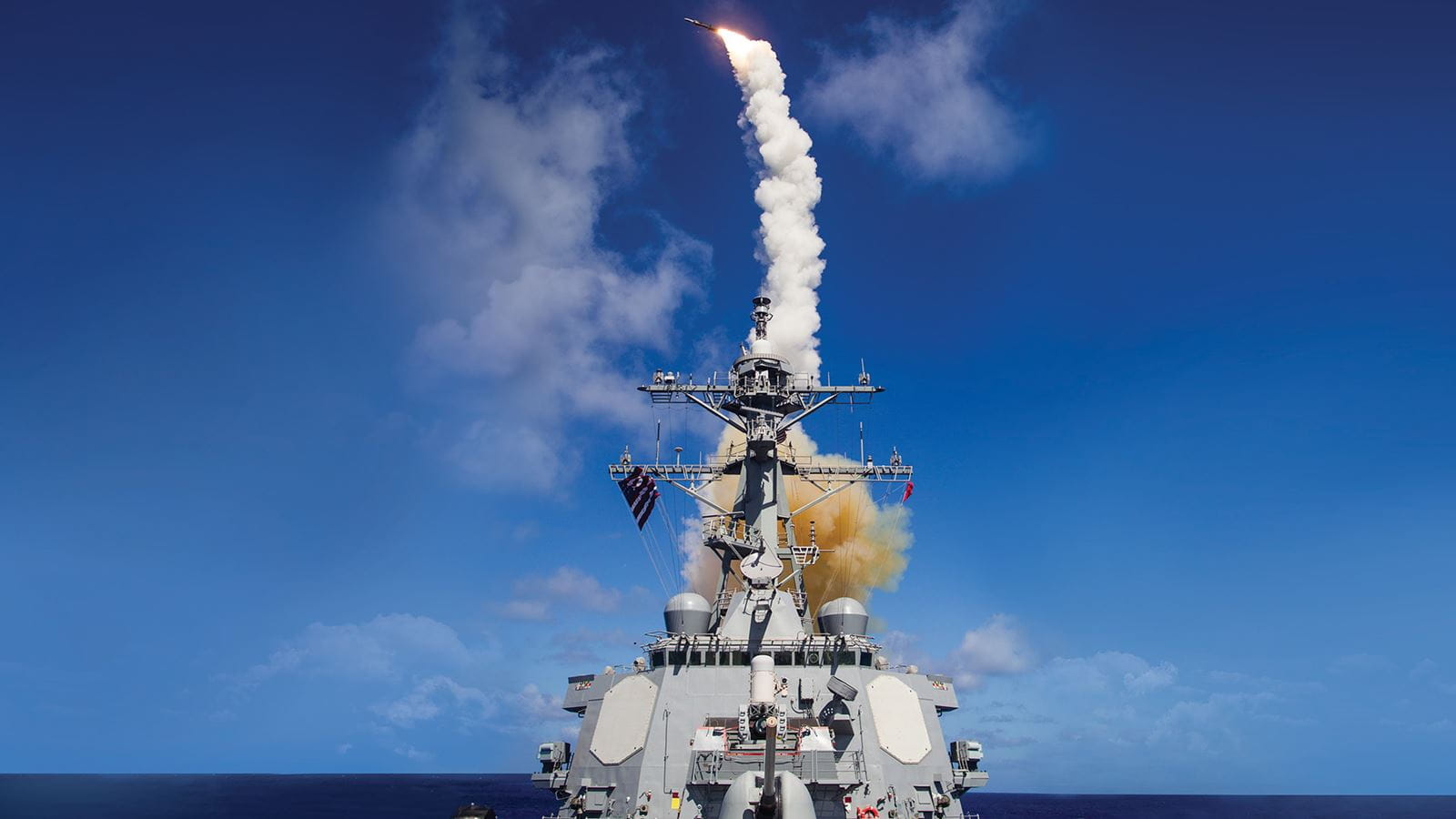The coronavirus pandemic has hit the airline industry hard, and recovery may be a long way away. Numerous analysts think it will take at least two years -- and maybe even longer -- for commercial aviation to return to pre-COVID levels. Meanwhile, most airline stocks have suspended their dividends, and some have even filed for bankruptcy protection.
With that in mind, we asked three Motley Fool contributors to talk about the airline industry and industrials stock alternatives. They came back with Dow (DOW +0.00%), Raytheon Technologies (RTX +0.12%), and Linde (LIN 0.20%). Here's why.

Image source: Getty Images.
A reliable payout
John Bromels (Dow): The conventional wisdom right now calls for a recovery in 2022 or 2023. I think that's the most likely scenario for the airline industry, but there's still a lot of uncertainty and I wouldn't be surprised if that estimate ends up being way off base.
Instead of buying into uncertainty right now -- and there's a lot of that to go around, given current economic conditions -- I'm recommending buying into reliability and stability. For that, there's no better candidate than chemical company Dow.
Dow was spun off from the merged DowDuPont in 2019, with the company's "performance chemicals" portfolio and $20 billion in debt. Most of the chemicals in Dow's lineup aren't used on their own, but as components in various processes or products. These include coatings, paints, adhesives, lubricants, and packaging. As you can imagine, these components are used in a lot of different industries, which means the diversified young company churns out a reliable stream of cash flow. Dow has generated $6.5 billion in cash over the past year, which it's used to pay down about $2.4 billion of its debt load and fund its generous dividend, currently yielding 6.7%.
Dow's share price is down about 23% so far this year, but the company is still churning out cash thanks to high demand in the food packaging and healthcare sectors. Now looks like an excellent time to buy in.
Focus on free cash flow
Lee Samaha (Raytheon Technologies): Aerospace investors should be under no illusions: The recovery in the commercial air travel market is going to take time. On a recent earnings call, defense contractor Raytheon's CEO Greg Hayes said he thinks "it will take at least until 2023 for commercial air traffic to recover to 2019 levels." It's a dynamic situation, and Hayes also recently outlined that he had lowered his expectations for the commercial aerospace industry in the last few months.
No matter. It's highly likely that that air travel will recover over time. It's also highly likely that Raytheon's defense businesses will generate a significant amount of free cash flow in order to support the commercial aerospace businesses. For reference, the company generates around 55% of its revenue from defense and space, and held a $73.1 billion backlog in defense at the end of the second quarter.
Despite the significant headwinds in commercial aerospace, Raytheon is still on track to generate good free cash flow (FCF) in the coming years. CFO Toby O'Brien recently confirmed the company was on track to generate $2 billion in FCF, a figure that includes $1.2 billion to $1.4 billion in non-recurring costs and taxes related to the merger that created the company. If you add back the non-recurring items, Raytheon would trade on 26 times FCF in the pandemic-hit year of 2020.
Moreover, management is taking significant action to reduce costs and increase cash generation with $2 billion in cost conservation and $4 billion in cash conservation actions planned for 2020. Thus, the commercial-aerospace focused business (Collins Aerospace and Pratt & Whitney) will return to generating FCF over time. Assuming Hayes is right on the timing of a recovery to 2019 levels, it's reasonable to assume the commercial-aerospace business will generate around $3 billion in FCF in 2023.
Meanwhile, the former Raytheon Company (most of the defense businesses) is expected to generate an average of $4.1 billion in FCF a year until 2023. Adding these figures together suggests Raytheon Technologies could be generating $7.1 billion in FCF in 2023, meaning it currently trades on 12.2 times FCF in 2023. That would make the industrial stock look a great value right now.
Have a gas with this industry leader
Scott Levine (Linde): Although I think the airline industry will eventually recover from the turbulence it's currently facing due to the global pandemic, I'm uninterested in any of the related stocks considering the uncertainty regarding the financial situations of the individual airlines -- especially after their second-quarter earnings reports.
While airline stocks won't be flying into my portfolio anytime soon, one industrial stock that I like right now is Linde. It's not a household name, but it's a company that touches people's lives in a variety of ways. Linde is a global provider of industrial gases and engineering services with customers that represent a wide swath of industries, including food and beverage, electronics, healthcare, and manufacturing (to name a few). As a potential investment, the diverse customer base is appealing as it mitigates the risk of a significant downturn in a single industry.
Linde recently reported its Q2 2020 earnings, and it demonstrated an impressive ability to keep costs in check as it reduced operating costs 14% compared to the same period last year. And it wasn't only reducing expenses that illustrated the company's strength and ability to thrive in spite of the challenging economic environment. Beating analysts' estimates of $6.3 billion, Linde reported $6.4 billion in revenue for the second quarter. Similarly, the company exceeded analysts' earnings estimates, reporting adjusted earnings per share of $1.90 -- 15% higher than the $1.65 EPS that analysts had expected. And for investors who prefer to gauge the company's financial well-being based on cash flow, Linde generated $1.76 billion in cash from operations, a 76% year-over-year increase. With this considerable generation of operating cash flow, the company was easily able to cover its $506 million in dividends and approximately $783 million in capital expenditures.
It's not only Linde's ability to prosper in the face of the present headwinds that makes it attractive right now, it's also the company's future prospect: the growth of the hydrogen economy. Hydrogen-oriented fuel cell stocks, such as Plug Power, have garnered considerable interest this summer following announcements detailing their plans for generating hydrogen and providing stationary power solutions. However, plenty of questions remain as to whether these companies will, in fact, succeed, considering their inability to generate profits so far. Linde, on the other hand, already has a leading position related to hydrogen production, and it's positioning itself for future success. For example, in Germany, Linde is scheduled to build and operate the world's first hydrogen refueling station for passenger trains, and the company signed a memorandum of understanding with China Power to pursue green hydrogen initiatives in China.








